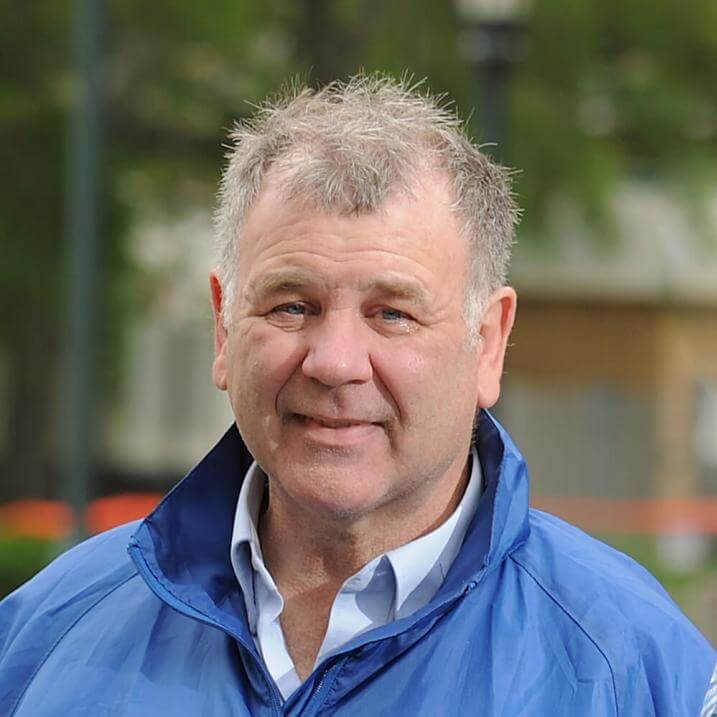Abstract
Transportation, through vehicle emissions, has a significant impact on air pollution in urban areas - presenting health risks to pedestrians, vehicle occupants and transit users. Air pollutant concentrations near roadways may be up to orders of magnitude higher than average air pollutant levels in urban areas. Further, according to the EPA, transportation accounts for 26% of greenhouse gasses in the United States.
Performance Period: 09/01/2016 - 08/31/2018
Institution: Portland State University
Sponsor: National Science Foundation
Award Number: 1640749
Abstract
Currently, electrical power distribution systems rely on permanently energized grids - electricity is transmitted constantly from the provider to users. Consequently, loads can be connected to the power grid without prior consent from the provider, giving rise to discretionary load access and thereby straining the grid's stability. Safety margins are required to satisfy sudden and spontaneous demands. At the same time, the intermittent availability of renewable sources adds yet another pressing condition on balancing existing grids.
Performance Period: 08/15/2016 - 07/31/2018
Institution: CUNY City College
Sponsor: National Science Foundation
Award Number: 1640715
Abstract
This project researches novel 3-D mapping techniques for the pipes and conduits carrying water, sewer, electricity, gas, telecommunications and steam underneath cities. Much of this infrastructure is aging and in unknown condition with unknown locations. The research uses a smart cities approach to managing information regarding urban underground utility infrastructure, as part of the US Ignite/NIST Global Cities Team Challenge (GCTC), operating in the adjacent cities of Burlington and Winooski.
Dryver Huston
Dryver R. Huston received a BS in Mechanical Engineering from the University of Pennsylvania, Philadelphia, PA, USA in 1980, and an MA in 1982 and a PhD in 1986 in Civil Engineering from Princeton University, Princeton, NJ, USA. He is a Professor of Mechanical Engineering at the University of Vermont, Burlington, VT, where he has been a faculty member since 1987. His research interests include cyberphysical systems, opto- and electromechanical sensing system design, smart structures, smart cities, structural health monitoring, and self-healing systems, and is author of the book “Structural Sensing, Health Monitoring and Performance Evaluation,” Taylor Francis, 2010.
Performance Period: 09/01/2016 - 08/31/2018
Institution: University of Vermont & State Agricultural College
Sponsor: National Science Foundation
Award Number: 1640687
Abstract
IIS-1637347 Increasing Healthcare Access to At-Risk Populations:Research-based Policies for Mobile Health Clinics Project Description
Mobile clinics play an important role in providing healthcare to at-risk populations in both urban and rural areas. Currently, over 1500 mobile clinics operate in the US and handle over 5 million visits per year providing essential healthcare services. These programs, however, have grown organically over time and it is important to establish evidence-based approaches to encourage a systematic expansion of this essential healthcare delivery model.
Institution: University of Texas Health Science Center Houston
Sponsor: National Science Foundation
Award Number: 1637347
Abstract
The Visualization for Terrestrial and Aquatic Systems project helps environmental scientists produce visualizations for their own research and for presentation to other scientists and stakeholders including decision makers. A critical finding of work to date is the extent to which scientists use visualizations not only to explore data in new ways and present results, but also to work with stakeholders to jointly produce information that can be used during decision-making processes.
Performance Period: 09/01/2016 - 08/31/2018
Institution: Evergreen State College
Sponsor: National Science Foundation
Award Number: 1637320
Abstract
EAGER: Smart and Connected Communities: Transformative Emergency Dispatch Protocols for a Sixty Second Response
It is estimated that on average, every individual in the United States or Canada will call for emergency assistance at least twice during his or her lifetime. In a 9-1-1 call, the dispatcher first collects critical information (e.g., location, call-back number, what happened), assesses the situation, and then decides whether and what to dispatch.
Performance Period: 09/01/2016 - 08/31/2018
Institution: University of North Texas
Sponsor: National Science Foundation
Award Number: 1637291
Abstract
Tribal communities represent the final frontiers of Internet access in the U.S., with fast (broadband) Internet access available to fewer than 10% of Native Americans on tribal reservation lands. The lack of broadband access is caused by a collection of challenges, including remote terrain, inadequate funding, and complex telecommunication policies. Yet Native Americans need reliable avenues for participation and contribution to Internet content to strengthen their communities.
Performance Period: 07/15/2016 - 06/30/2018
Institution: Georgia Tech Research Corporation
Sponsor: National Science Foundation
Award Number: 1637280
Abstract
Tribal communities represent the final frontiers of Internet access in the U.S., with fast (broadband) Internet access available to fewer than 10% of Native Americans on tribal reservation lands. The lack of broadband access is caused by a collection of challenges, including remote terrain, inadequate funding, and complex telecommunication policies. Yet Native Americans need reliable avenues for participation and contribution to Internet content to strengthen their communities.
Performance Period: 07/15/2016 - 06/30/2018
Institution: University of California-Santa Barbara
Sponsor: National Science Foundation
Award Number: 1637265
Abstract
This project will create a living lab for mHealth Analytical and Behavioral Research using Internet of Things (mHABIT) to build a generalizable infrastructure for new analytical models and a Behavioral Experimentation Platform (BEP) to understand drivers of human health and wellness behavior and lifestyle changes through mobile and sensor technologies. Using an interdisciplinary approach, this project will enhance the understanding of human behavior and interactions with smart technologies in communities.
Performance Period: 09/01/2016 - 08/31/2018
Institution: New York University
Sponsor: National Science Foundation
Award Number: 1637254
Abstract
How do decision makers in cities use information? How can they use information effectively? What are cross cutting definitions of problems that define the information that is useful? How does the fragmented decision-making via multiple policymaking paths in cities shape how information is used? This project will study organizations within local governments to analyze variation in how cities define problems and use data, disaggregating policy decision-making.
Performance Period: 09/01/2016 - 08/31/2018
Institution: Virginia Polytechnic Institute and State University
Sponsor: National Science Foundation
Award Number: 1637205

